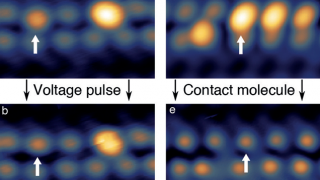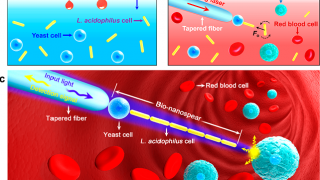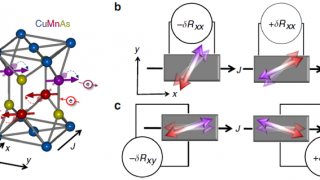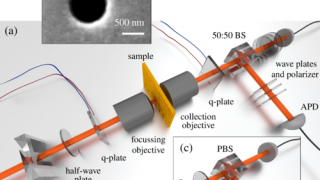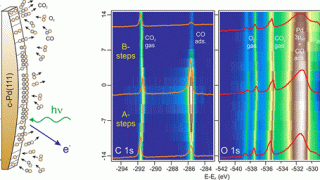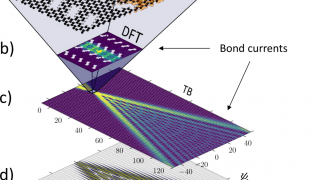
A Talbot carpet of electrons in nanoporous graphene
Condensed matter • Materials • Nanotechnology • Quantum physics • Theoretical physics
Controlling electron waves by harnessing phase-coherence and interference effects is a cornerstone for future nanoelectronics or quantum computing. To this end, design of platforms with well-defined, narrow, and low-loss propagation channels is essential. Nanoporous graphene (NPG) holds great potential for distributing and controlling currents on the nanoscale. But the effects derived from the wave nature […]
